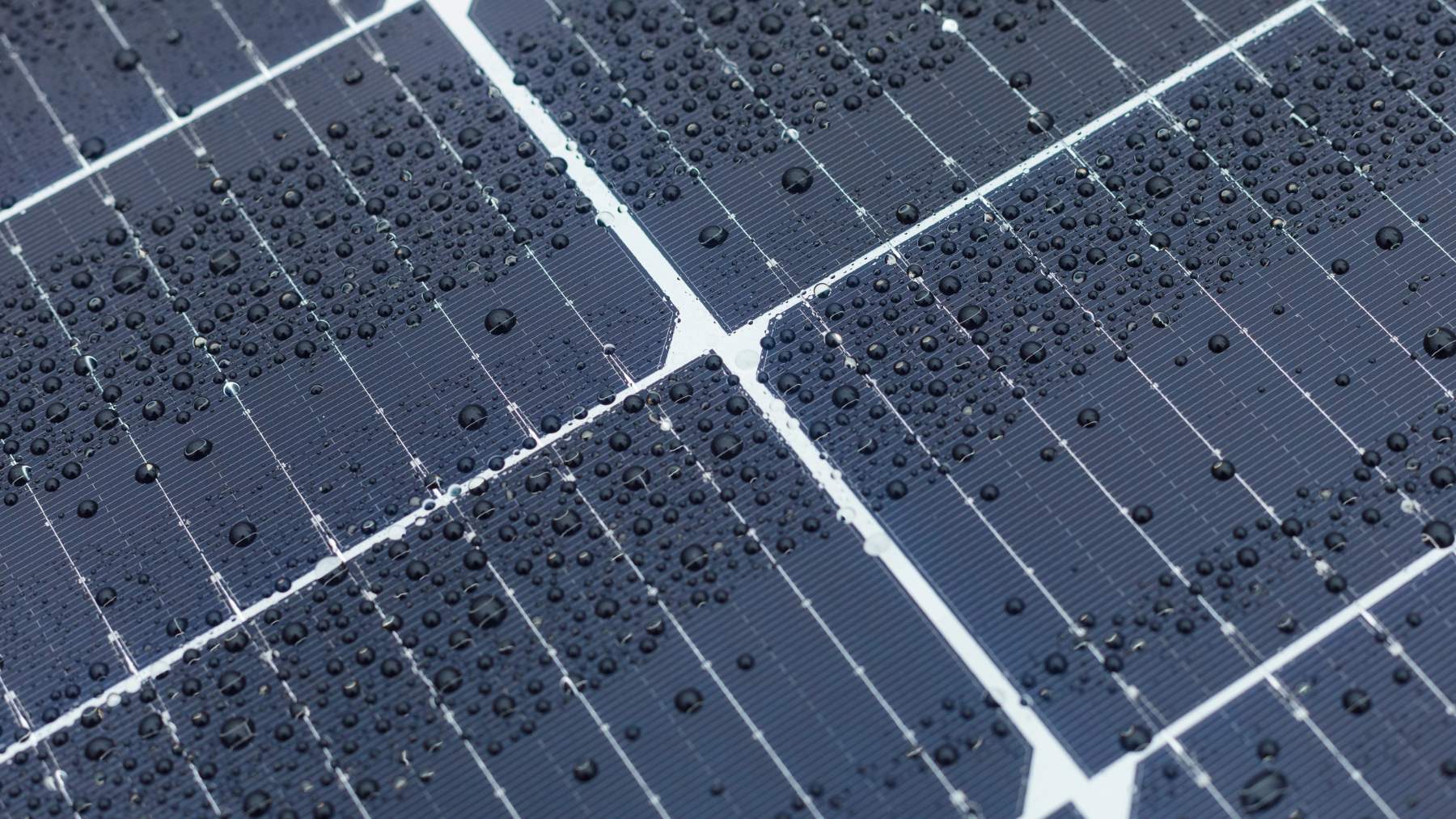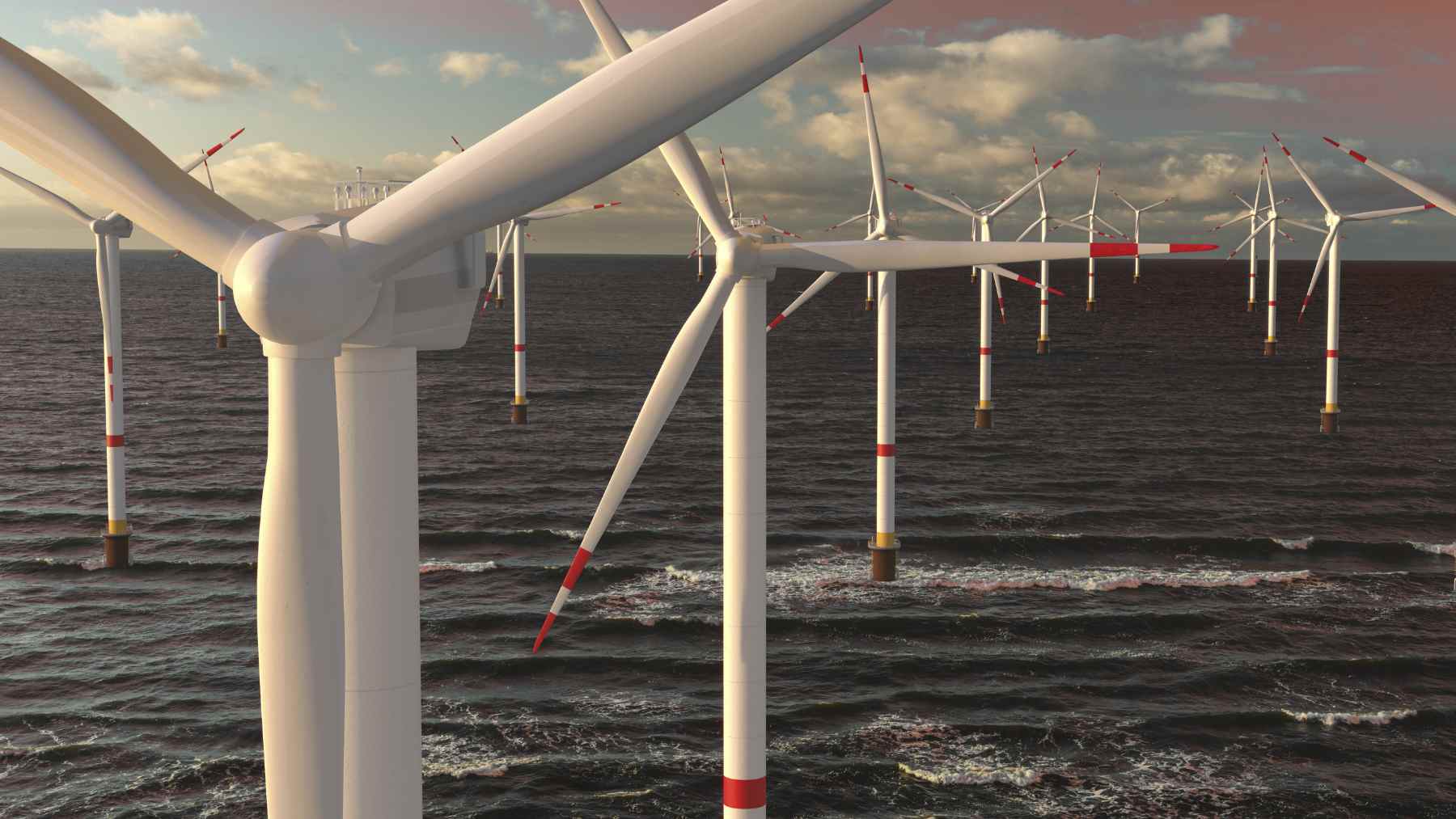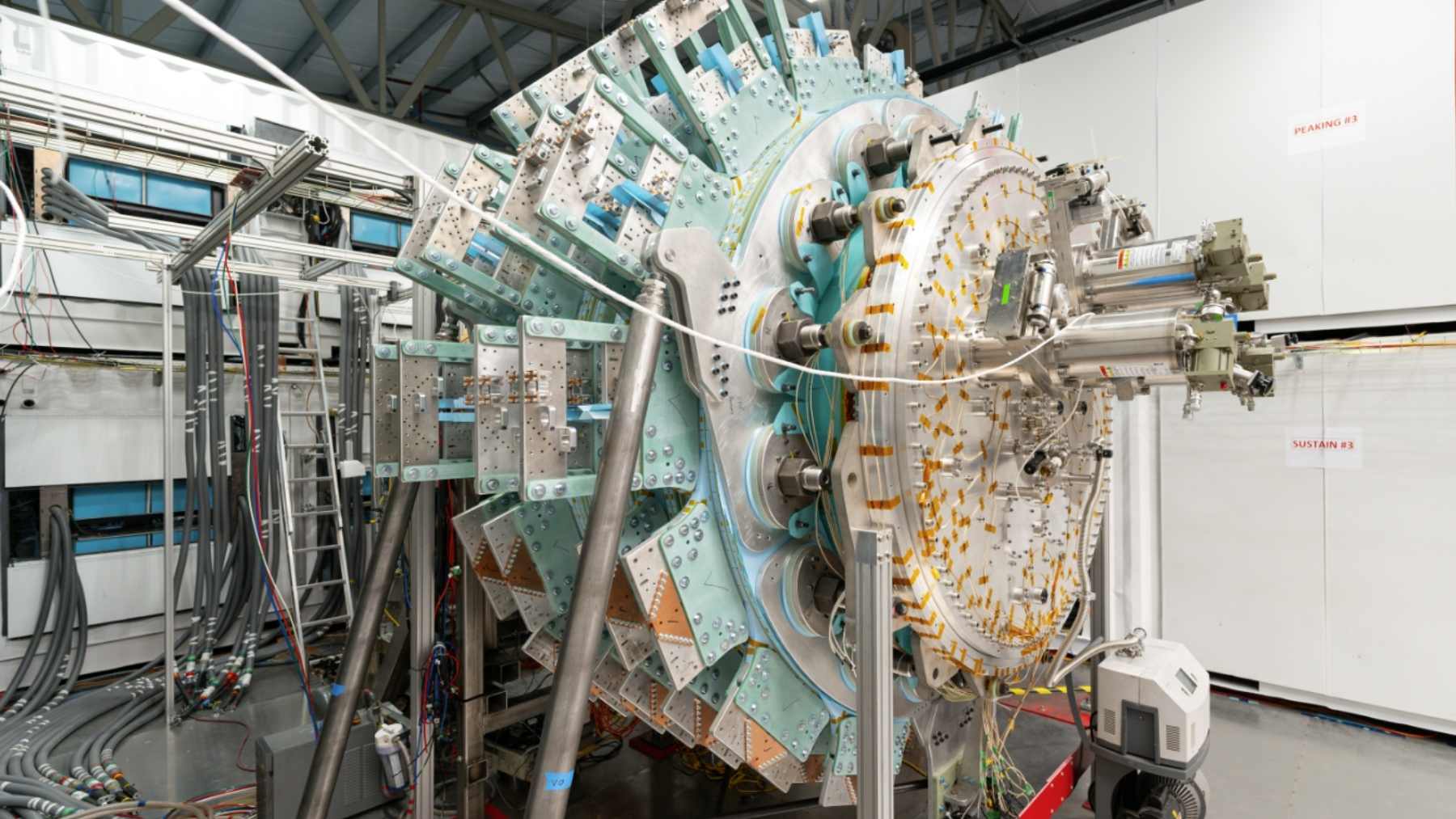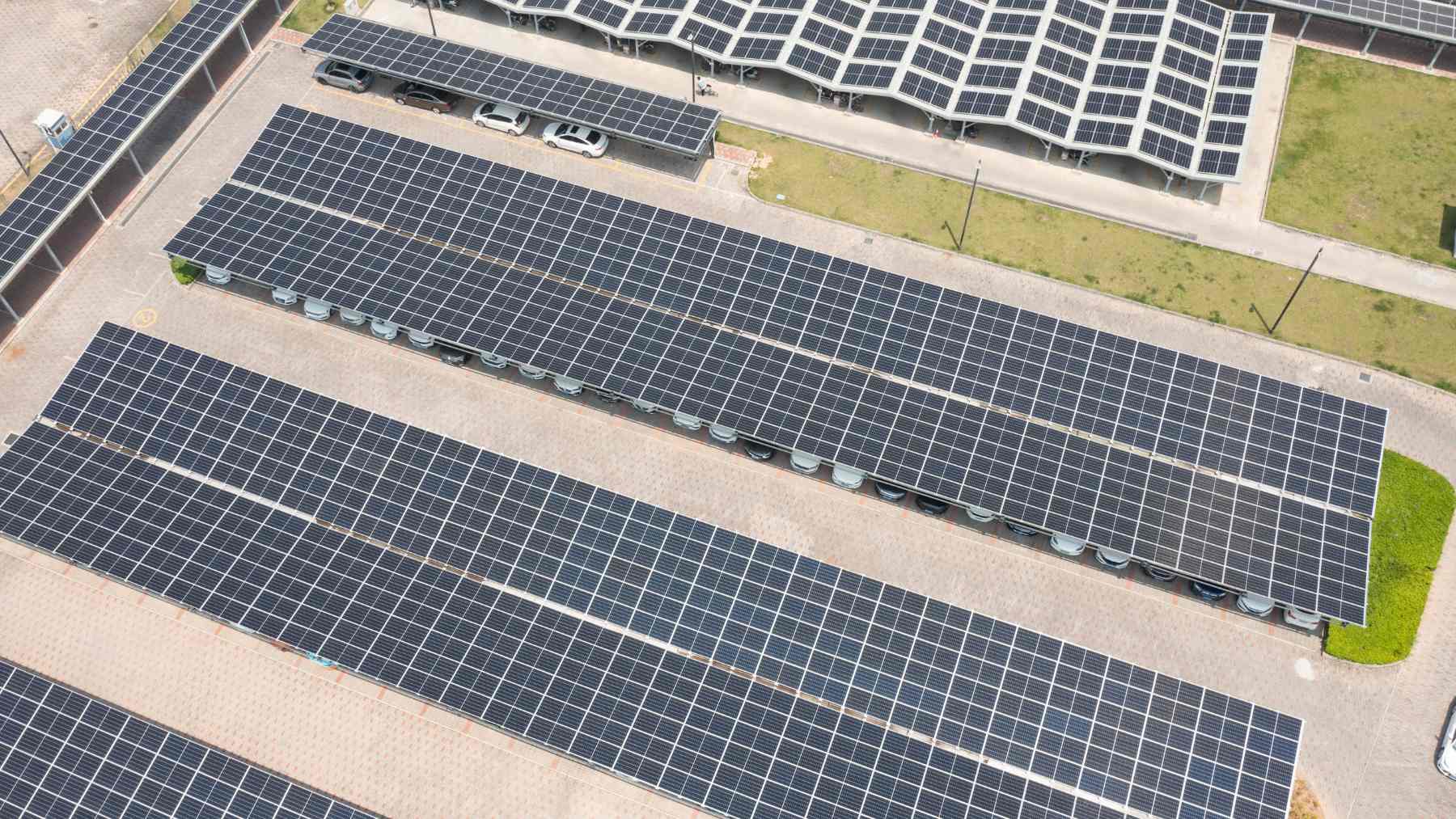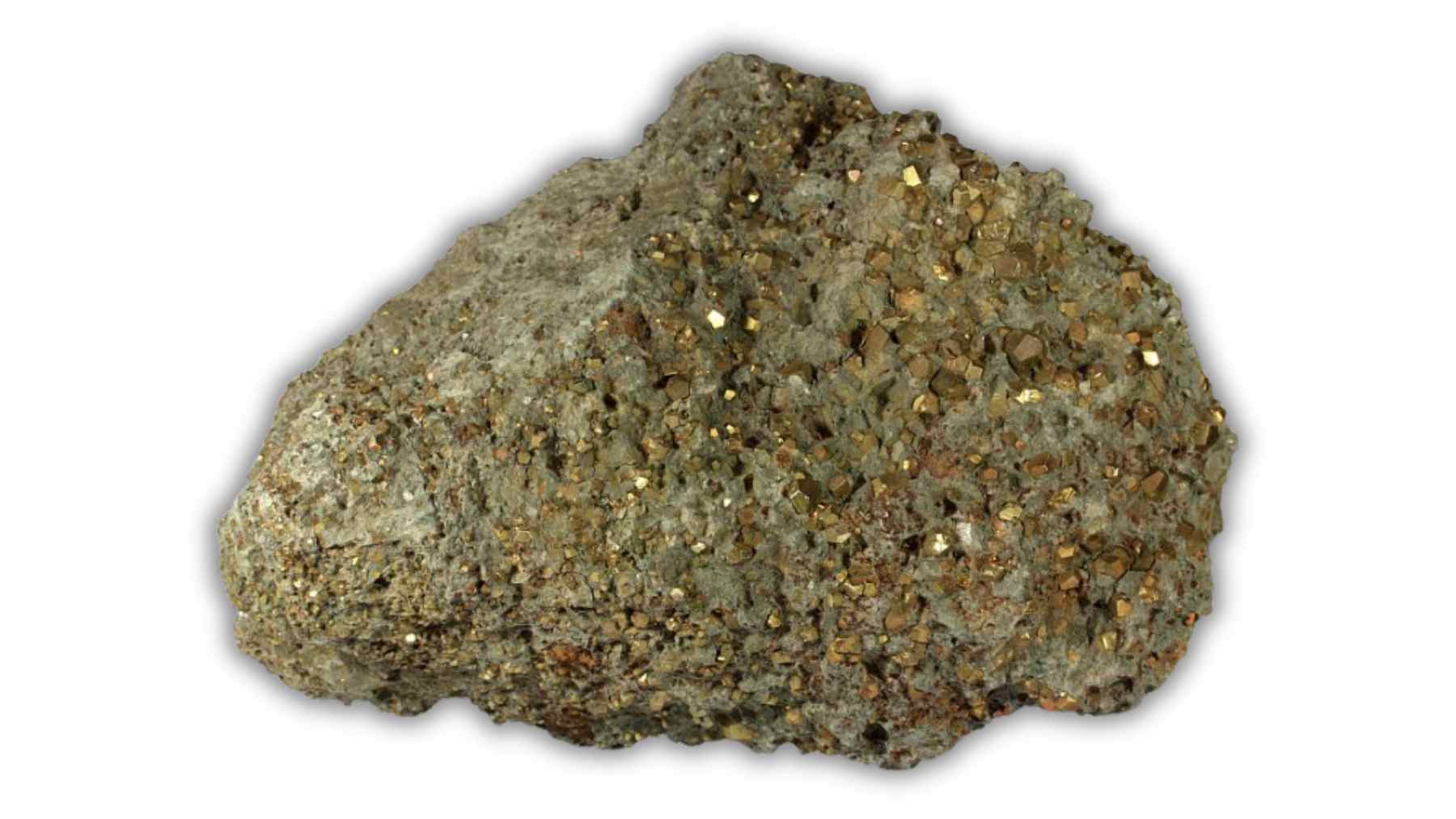Solar panels have dominated the clean energy agenda, but a panel that doesn’t need just sunlight is a sure win. Traditional panels have the flaw of not being as effective during cloudy skies and in rainy weather. Thanks to researchers in China, a hybrid solar panel is making its way to us that not only functions under sunlight but also in rainy weather. Such a next-generation device is made to capture energy through both photovoltaic conversion and the triboelectric effect, being a rather versatile solar solution. This solar panel comes from Soochow University and expands solar power’s offering by enabling these panels to produce energy even in rainy weather.
A solar cell that does not only need the sun
Traditional solar panels rely on sunshine. When skies turn gloomy or it starts to rain, their electricity output reduces drastically, reaching nearly zero. This hybrid panel addresses just that. By incorporating a triboelectric nanogenerator (TENG) into the top layer of a standard solar cell, the panel is able to convert the kinetic energy of raindrops into electrical energy effortlessly.
Basically, the top layer is made of a transparent polymer called PDMS (polydimethylsiloxane), while the bottom layer is made of PEDOT: PSS, a conductive polymer. During rain, the raindrops on the panel roll across the surface, creating friction between the two polymers and a static charge, similar to that of rubbing a balloon on your hair. This static energy is captured and effectively converted into electricity that can be used.
The polymer layers are transparent, and thus the solar panel works to collect energy on sunny days, the same way traditional panels do. Voila! A hybrid panel has been created that is effective in sunshine and rain.
Come rain or shine, energy can be captured
The research team has mentioned that the hybrid panel’s dual functionality means it is capable of generating electricity in any weather and at any time of day or night. The panel can work at night so long as there is rainfall. While the power output from the triboelectric effect is not high enough to match what would be acquired from the sun, it’s enough to maintain a constant power supply even at times when traditional panels won’t work.
According to Baoquan Sun, the lead researcher in the project, the device can produce power in daytime weather and works well at night when there’s rainfall.
The lab prototype reached a peak voltage of 2,14 volts and a short-circuit current of 33 nanoamperes. Despite the energy generation potential being significantly small, this solar device showcases potential. The research, published in ACS Nano, indicates that future versions could see improved performance, and this panel could be used alongside wind generators, too. A new energy era could begin, and not only thanks to Europe’s first eco solar cell.
Making solar power dominate clean energy yet again
This hybrid panel makes it possible to use solar energy in more diverse environments, even in regions where frequent rainfall or sunshine is limited. The Soochow team has gone beyond what researchers have previously done, showcasing a design that stands out as a compact and lightweight solution, so easy to manufacture. Using one singular electrode for both the solar and triboelectric functions can significantly reduce costs.
While not ready to be sold as a mass solar solution, the potential of this hybrid panel is huge. The research team is currently working on the prototype product with the aim of putting the product on the market within three to five years.
This hybrid panel is a big step forward in terms of proving how resilient solar power can be. In short, solar panels of the future may no longer have to wait for the sun to shine, but can work well in rain too. While golden wind turbines were set to end solar panels, this solar panel may prove that solar panels are far from obsolete.
